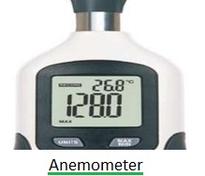Static Error vs. Dynamic Error: Understanding Measurement Errors
Advertisement
When we’re taking measurements, it’s almost impossible to get a perfectly accurate result every time. There will always be some level of error. This article explores two main types of errors: static and dynamic, helping you understand the differences between them.
What is an Error in Measurement?
Simply put, an error is the difference between what we measure and the actual, true value of something. For instance, if two people measure the same object using the same tool, they might get slightly different readings. That difference is an error.
Mathematically, we can express error like this:
Error = Measured Value - True Value
Or, put another way:
Error = - Accuracy
Static Error
Definition
A static error occurs when there’s a discrepancy between the measured value and the true value of a quantity that is not changing over time. Think of it as a consistent inaccuracy in your measurement.
Mathematical Expression
We can express static error like this:
Static Error (δA) = Am - At
Where:
- A
m= The measured value of the quantity (the actual reading you get) - A
t= The true or nominal value of the quantity (the ideal, correct value)
Dynamic Error
Definition
Dynamic error, on the other hand, comes into play when we’re measuring something that is changing over time. It’s the difference between what a measuring instrument indicates and the true value of the quantity, assuming there is no static error.
In other words, if you were measuring the temperature of a liquid as it’s being heated, a dynamic error would reflect how well your thermometer keeps up with the changing temperature. It’s about how well your measurement system responds to changes.
Advertisement
 T&M
T&M 






